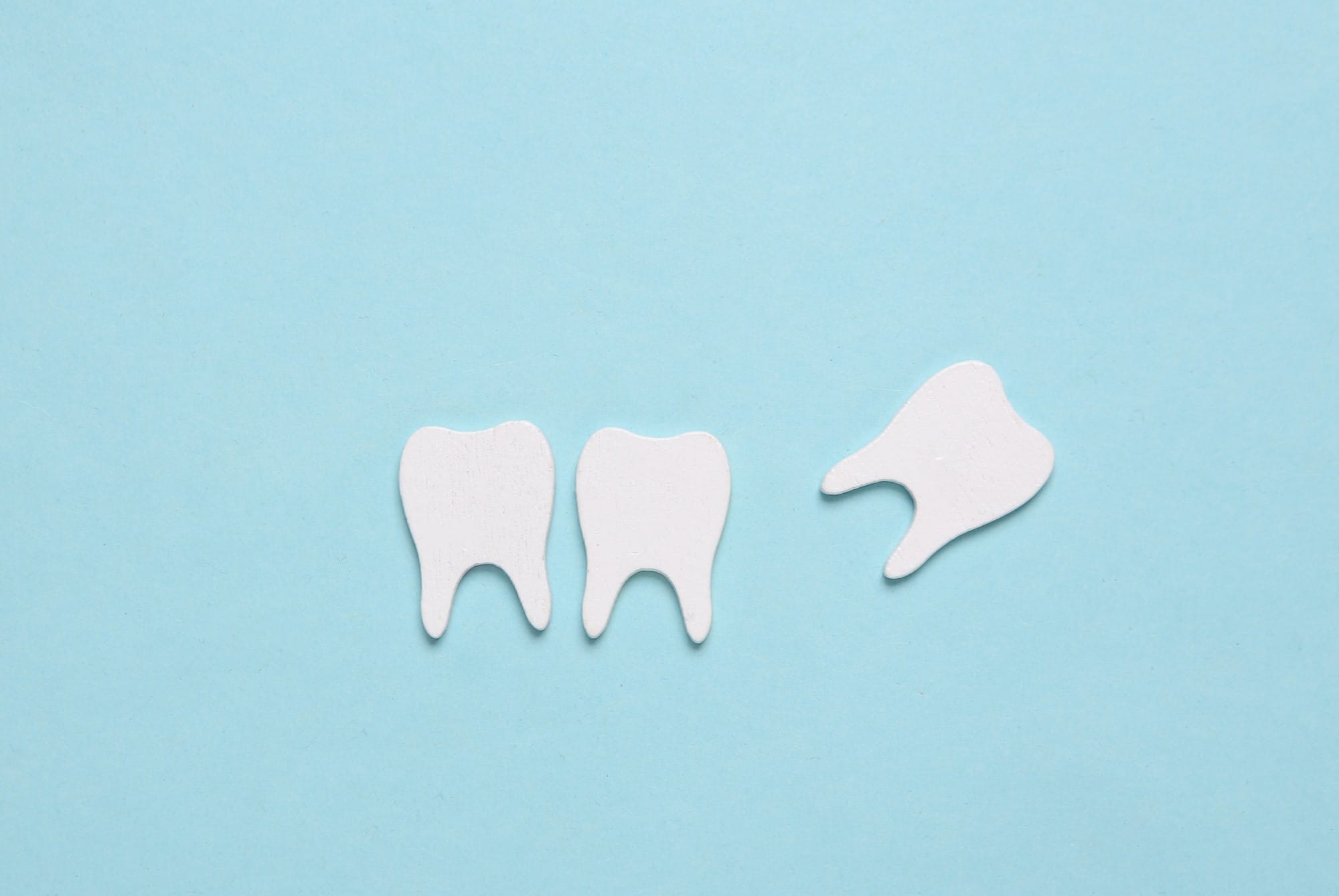I came across a very informative article in Oral Health Magazine last month on nutrition and gum health, and thought I would summarize it in this post!
This year, Health Canada came out with a new Food Guide. In the new guide, a plate of food – known as the “Eat Well Plate”, represents proportions of different foods that we should be putting on our plates to ensure healthy eating. One half of the plate is vegetables and fruits, one quarter of the plate is whole grains, and one quarter of the plate with protein rich foods (instead of the 4 food groups and recommended serving size/number of servings per day).
What are the implications for periodontal health?
Studies have consistently demonstrated the relationship between diet and periodontal health. Sufficient intake of Vitamin C, calcium, vitamin D and fibre are some nutrients that have been associated with periodontal health. Although, it is important to note that consuming levels above current dietary recommended levels does not necessarily result in better gum health!
Why are these nutrients important?
Vitamin C: has important antioxidant functions and plays an integral role in collagen synthesis. Higher levels of dietary vitamin C have been associated with improved healing following periodontal therapy. People who are following the Canada Food Guide recommendations of filling half of their plate with fruits and vegetables every day will meet the recommended intake for Vitamin C.
Calcium and Vitamin D: Individuals who report consuming more calcium-rich foods have been shown to have a reduced risk of periodontal disease. Vitamin D is essential for maintenance of bone and teeth as well as aiding in the absorption of calcium. Vitamin D supplements are warranted as few foods contain sufficient quantities of vitamin D and in Canada we don’t get sufficient sun exposure. Studies have shown that lower levels of vitamin D have been associated with an increased risk of gingivitis and chronic periodontitis (loss of jaw bone).
Fibre: Fibre is an emerging nutrient of interest for periodontal health. It is also associated with reduced risk of cardiovascular disease, type II diabetes and obesity. However, according to Health Canada, most of us are only getting about half the recommended amount of fibre! That is why there is more emphasis in the new Canada Food Guide to consume more plant-based proteins such as legumes and nuts, whole grains, and fruits and vegetables. In a study analyzing periodontal health and dietary fibre intake, individuals with the lowest amount of fibre intake were more likely to have moderate-severe periodontal disease.
For the full article, click here:



